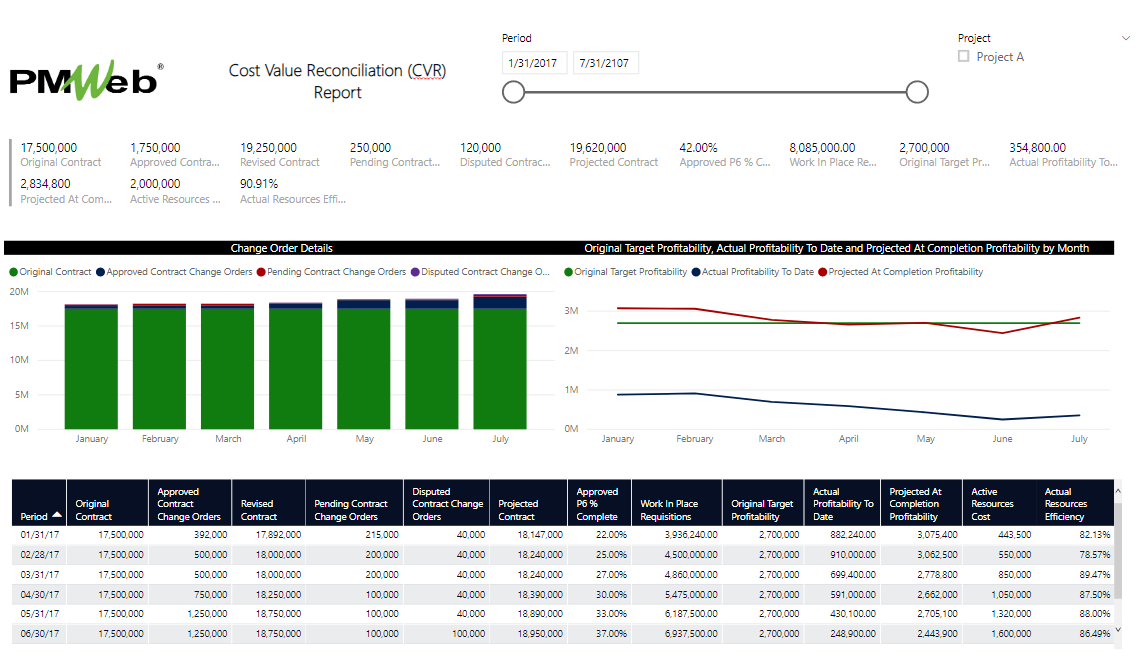Cost Value Reconciliations (CVR) are carried out in order to monitor, evaluate and report expenditures against budgets to ensure that construction projects are completed within budget. The Cost Value Reconciliation (CVR) is a measurement of the actual costs incurred on a project for which they are compared against the value of the works including profit to show the project’s bottom line figure. Cost Value Reconciliations (CVR) are typically used by contractors to measure profitability and are reported to the management team, usually around the time of interim valuation of the works completed to date and again at the completion of the final account.
Using a Project Management Information System (PMIS) like PMWeb, Contractors, and Subcontractors who are using the CVR method can have a real-time single version of the truth monitoring, evaluating, and reporting expenditures against the approved project budget. This will be achieved by implementing the six steps detailed below.
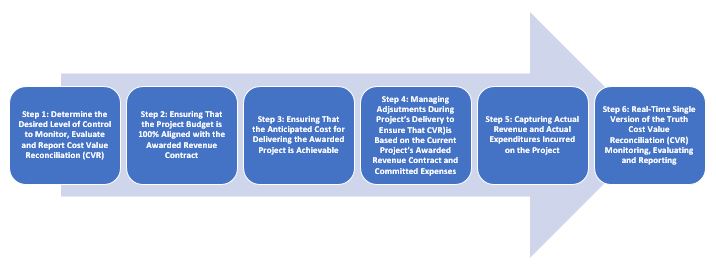
Step 1: Determine the Desired Level of Control to Monitor, Evaluate and Report Cost Value Reconciliation (CVR)
To start with, PMWeb cost accounts, also known as Cost Breakdown Structure (CBS), needs to be designed to align the revenue contract and budget with the commitment contracts where actually expenditure will happen. Although the PMWeb cost breakdown structure allows having up to 16 levels of cost control, the requirement will be just to use one level to reflect those contracts and other expense levels.
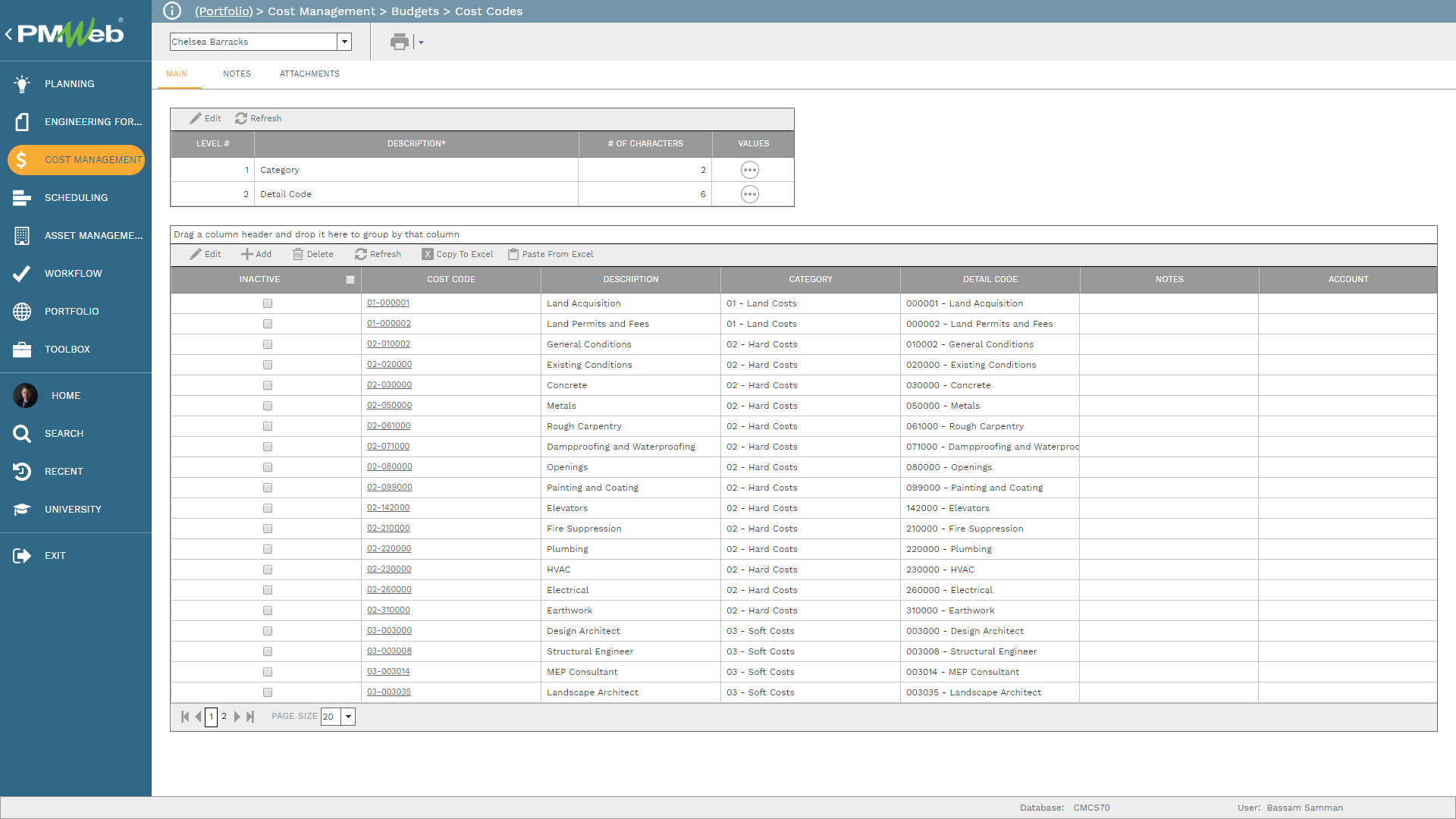
Step 2: Ensuring That the Project Budget is 100% Aligned with the Awarded Revenue Contract
The next step is to add the details of the awarded contract between the contractor and project owner, or subcontractors and main contractor, to PMWeb. This is important as this will be the basis for capturing the actual revenue earned on completing the project’s scope of work. Nevertheless, the contract agreement value needs to be aligned with the cost account levels defined above. This is critical as it is very common that contractors as well as subcontractors might unbalance their bid submission to allow for front loading and superior knowledge on change orders that might increase and decrease the quantities of some bill of quantity line items. In addition, this is also needed to identify some cost items that are not part of the project’s bill of quantity such as home office and site office overhead, profit, project contingency, and management reserve among others.
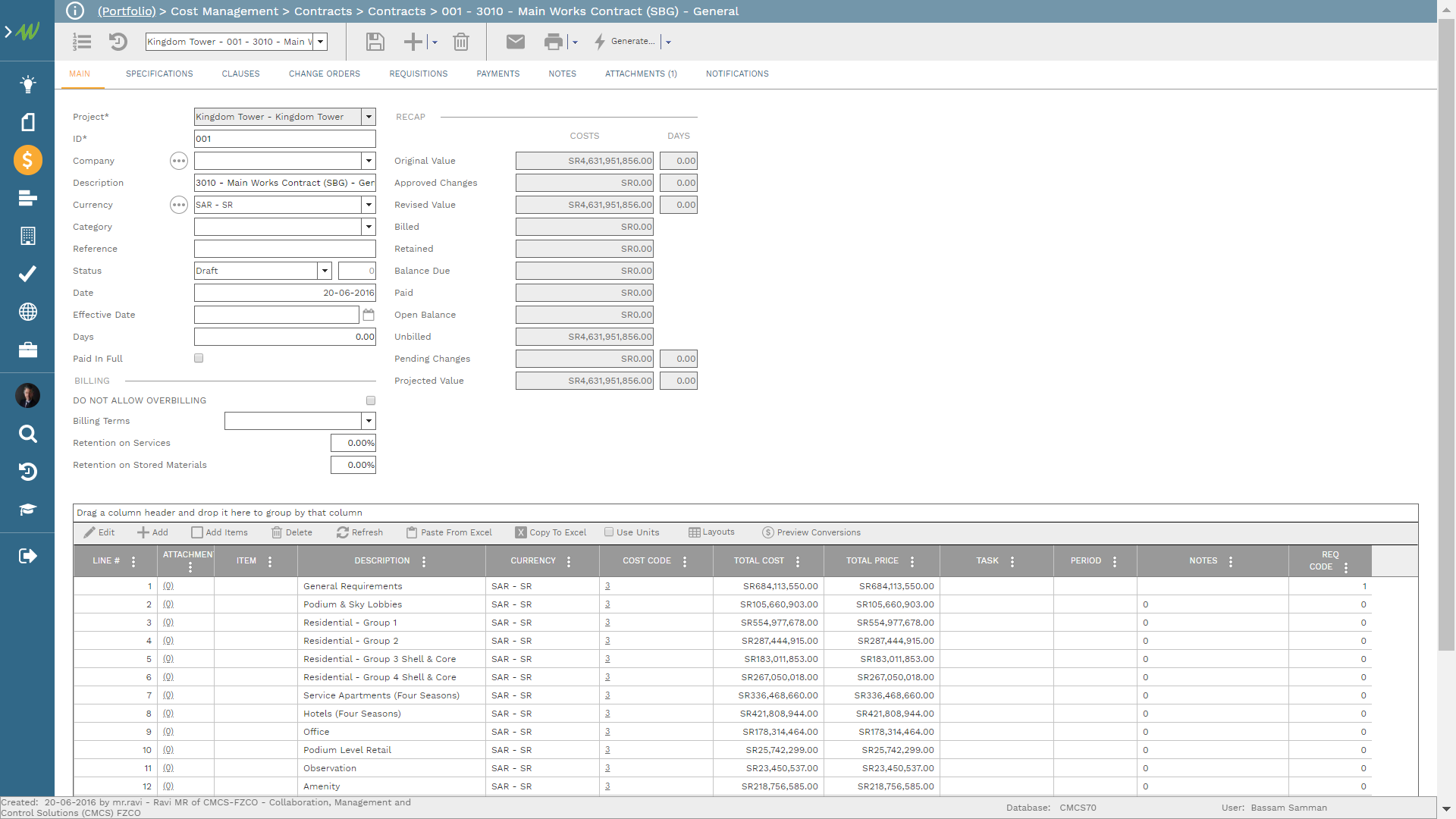
It is highly recommended to attach the original contract agreement documents including the priced bill of quantity to the revenue contract document. Those documents will be uploaded and stored in their designated folder in the PMWeb document management repository. Of course, PMWeb also allows linking other PMWeb records and imported MS Outlook emails to the contract agreement.

In addition, it is highly recommended to include the cost estimate document which was the basis for establishing the estimated cost values for each bill of quantity line item. Those are the approved cost estimate values before they were adjusted and/or unbalanced for the bid submission. Using the PMWeb estimate module, the Contractor or Subcontractors can use it to create the project cost estimate. Nevertheless, should the Contractor or Subcontractors have their own cost estimating system, then it is recommended that their cost estimate be exported in MS Excel file format so it can be imported and saved in the PMWeb cost estimate module.
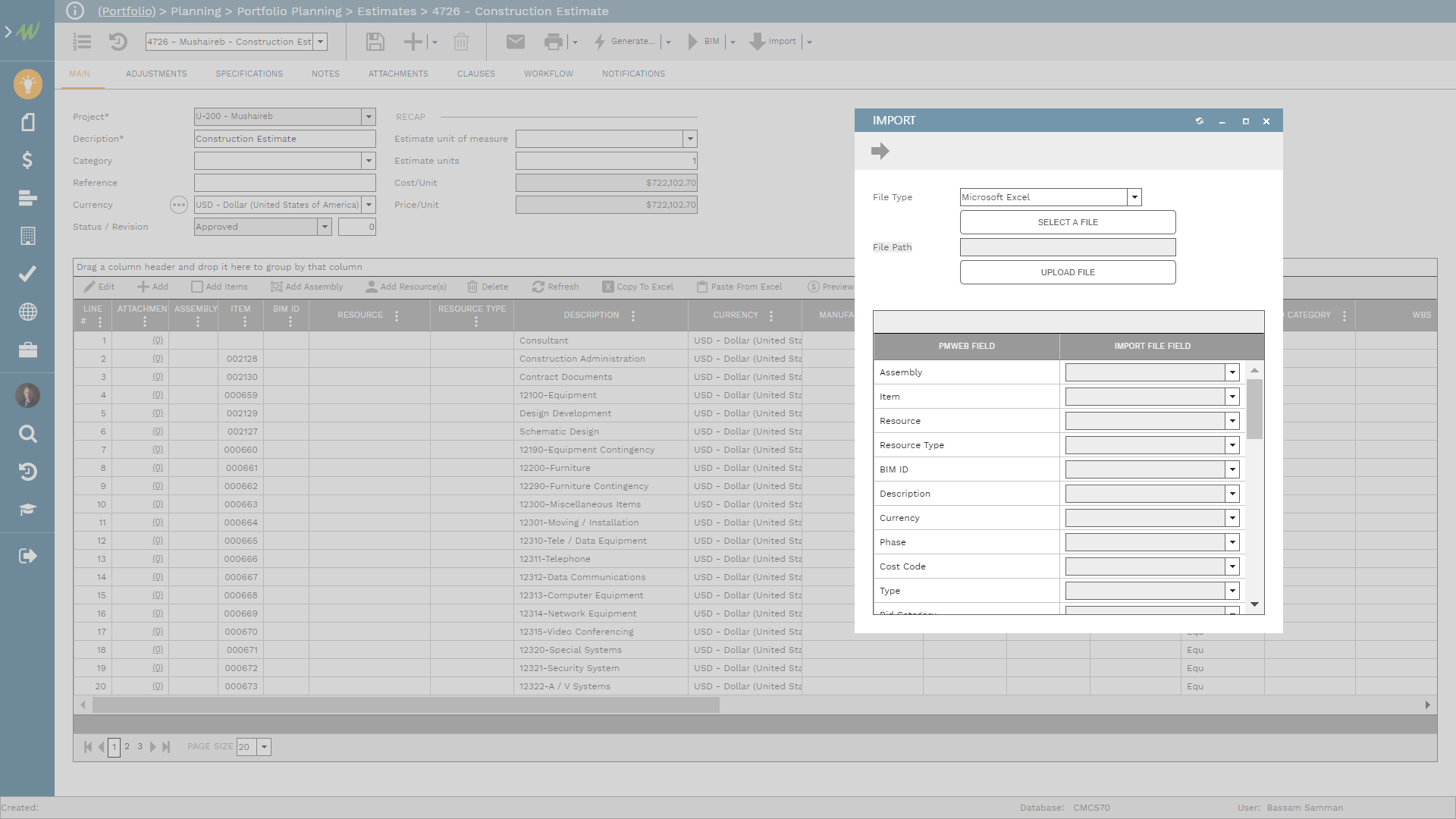
The breakdown of the awarded contract, also known as the revenue contract, will become the basis for establishing the project budget which will detail all scope of work to be performed by the contractor’s own resources, as well as the scope of work to be outsourced to subcontractors and suppliers. The budget will also include the allocated cost for home office and site office overhead, project contingency, management reserve, and target profit.
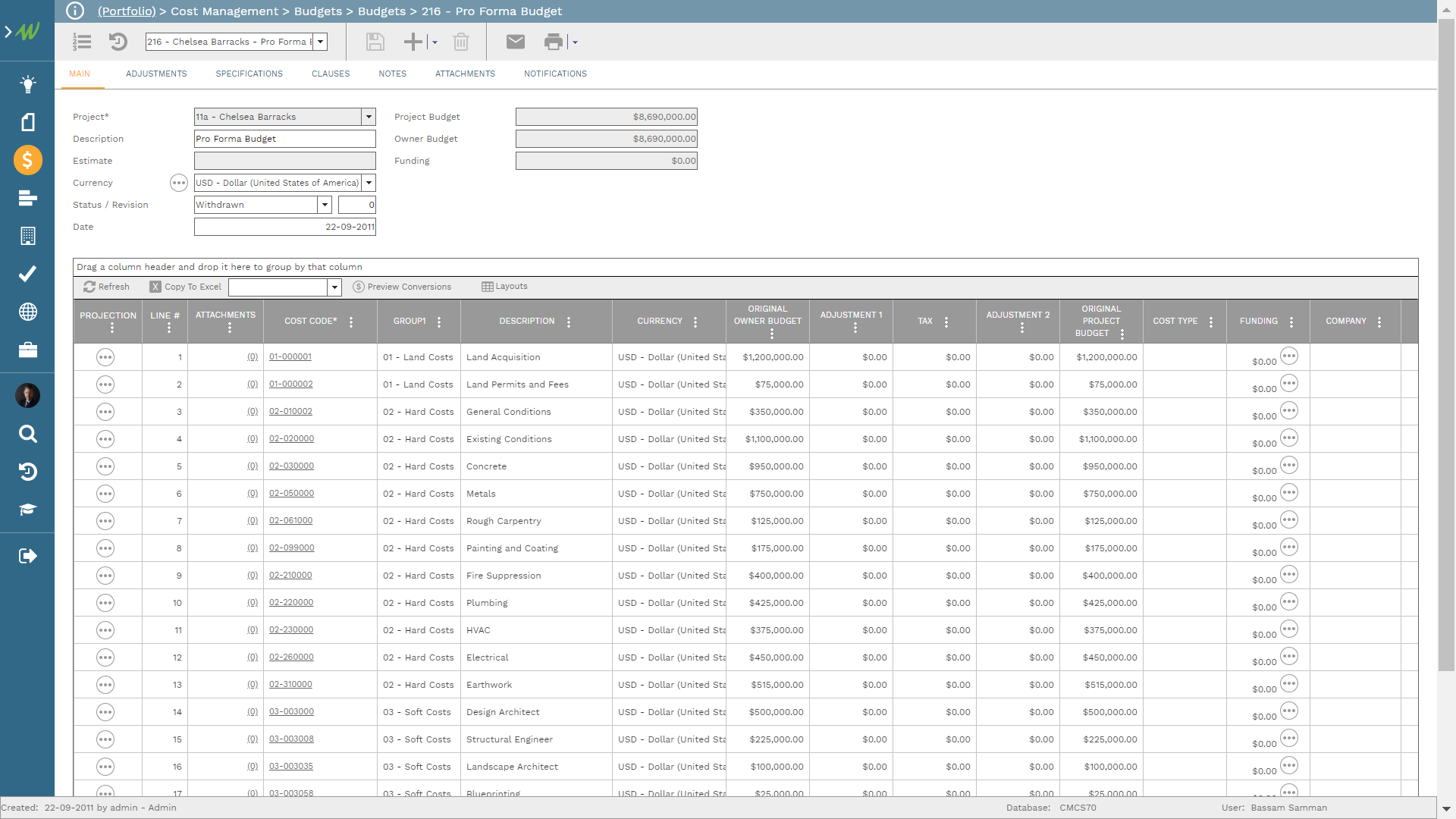
Step 3: Ensuring That the Anticipated Cost for Delivering the Awarded Project is Achievable
The next step is to confirm that the Contractor can deliver the project at the awarded contract price. This will be achieved by transferring the risk for delivering the project’s scope of work to qualified subcontractors and suppliers as well as ensuring that the remaining scope of work can be delivered by the contractor’s own resources and business units. PMWeb pre-bid module will be used to identify the bid packages for the outsourced scope of work.
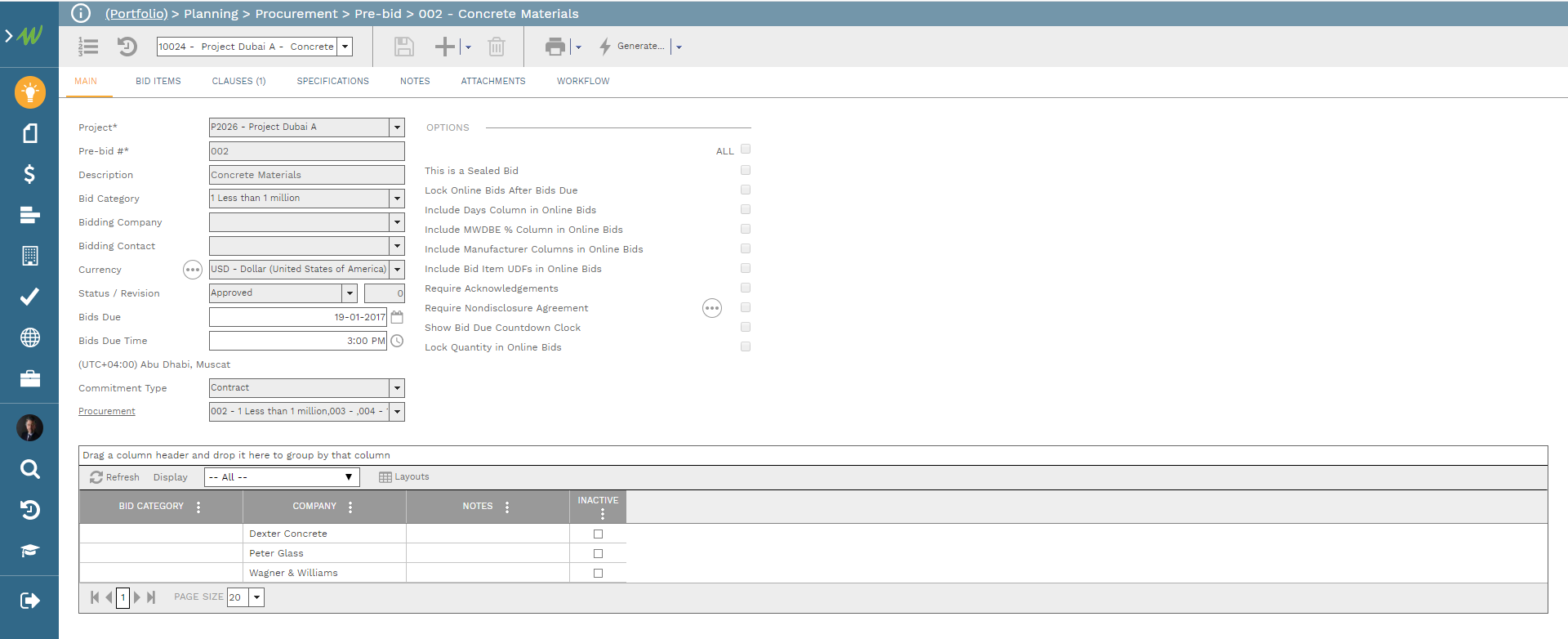
This will become the basis for issuing the online bid invitations for which the qualified subcontractors and suppliers will be requested to provide their best prices against the scope of work included in each bid package. PMWeb online bid module also allows adding the technical requirements that each bidder needs to submit.
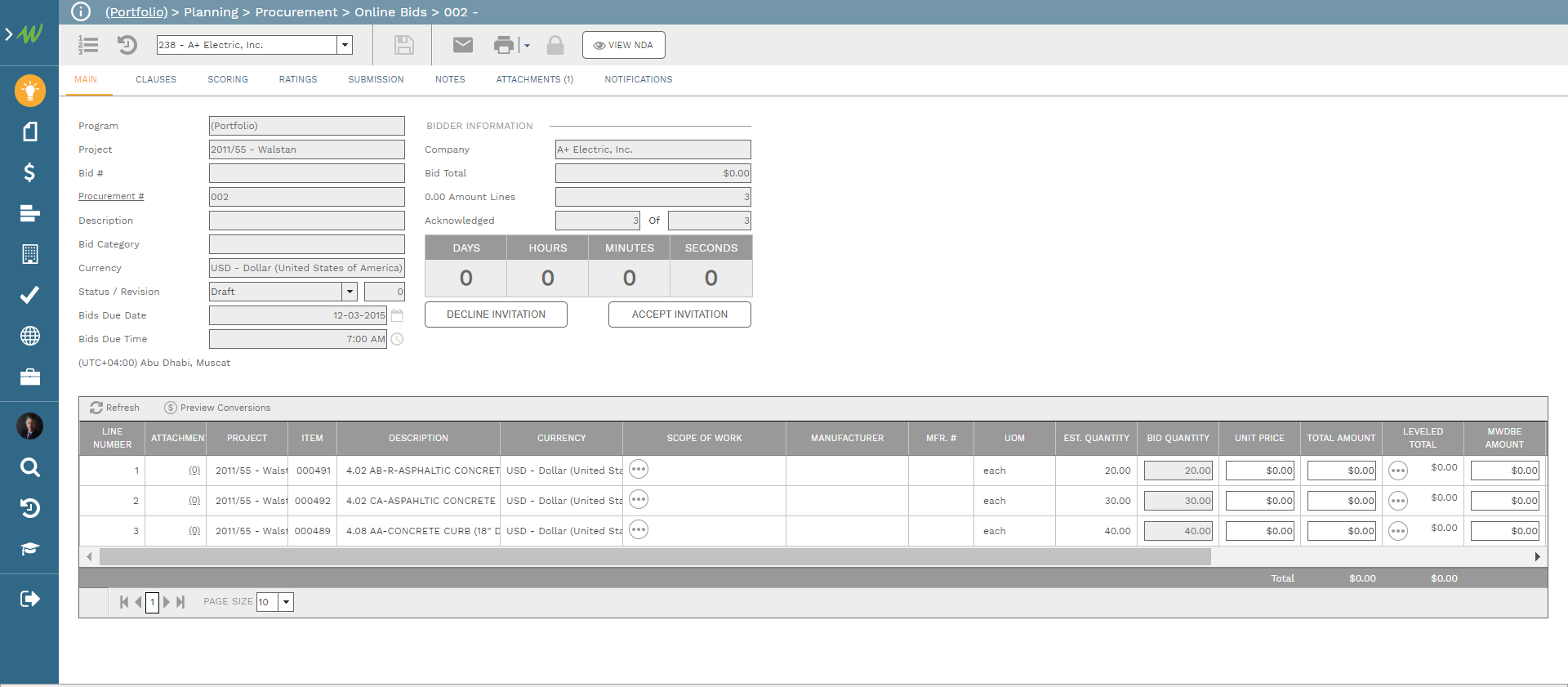
All submitted online bids for each bid package will be automatically consolidated in the PMWeb procurement module for which the Contractor can review and compare the submitted bids with the approved cost estimate imported to PMWeb. All cost line items will be aligned with the cost account levels that will be used to control, monitor, evaluate, and report the project cost. This will enable the Contractor to ensure that the submitted prices are in line with the approved cost estimate as well as make an objective decision when it comes to selecting the successful subcontractor or supplier for each bid package.
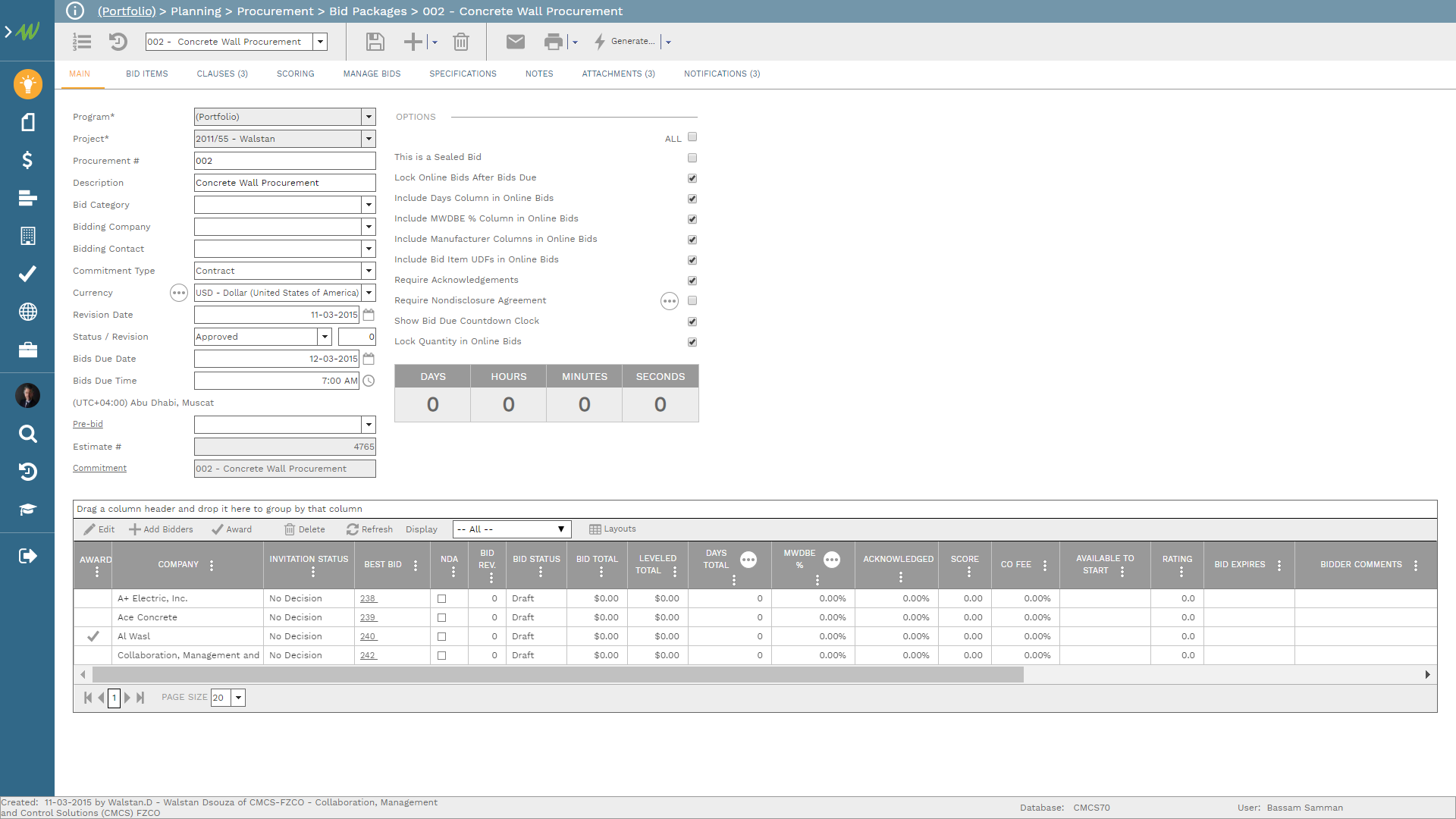
The conclusion of the procurement process would be the award of the commitment contract to the successful bidder for each outsourced bid package. PMWeb commitment contract module will be used to capture the details of all awarded subcontracts and purchase orders issued by the contractor. The cost line items of all commitment contracts will be also aligned with the cost account levels used to control the project cost.
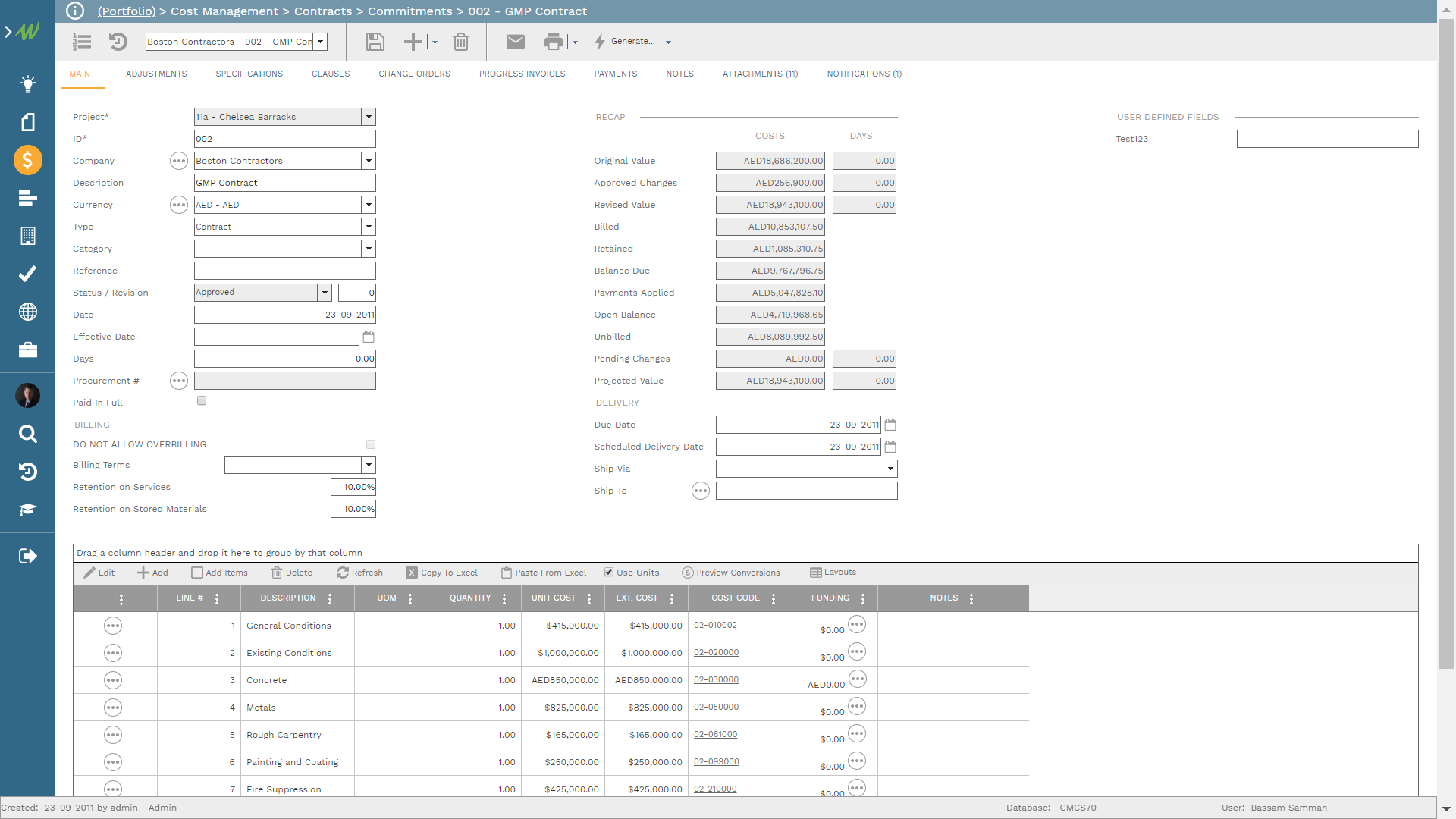
Step 4: Managing Adjustments During Project’s Delivery to Ensure That Cost Value Reconciliation (CVR) is Based on the Current Project’s Awarded Revenue Contract and Committed Expenses
Adjustments or changes to the project’s originally awarded scope of work could occur for many reasons, some due to the contractor’s own actions and others due to the project owner and his authorized representative. To ensure a complete and correct cost value reconciliation, changes to the awarded or revenue contract, budget, and commitment contracts need to be captured.
Reasons, why changes could happen on construction projects, could include, for example, intent of documents not “reasonably inferable” and corrections required; unknown conditions necessitate changes; project owner’s requirements change; changes in code or changes in the interpretation of code; specified product no longer available; specified product inappropriate; revision of unattainable requirement among others. The PMWeb Change Order module for the revenue contract module will ensure that all adjustments to the awarded contract are captured to provide the approved revised contract value. Of course, those changes will be for changes that are not due to the Contractor or his Subcontractors as those are considered as “non-excusable” changes. All change orders need also to be aligned with their relevant cost account number similar to what was done in the contract agreement. For claims and disputed change orders including those not yet approved by the project owner or his authorized representative, those will be added as change orders but their status will be pending.
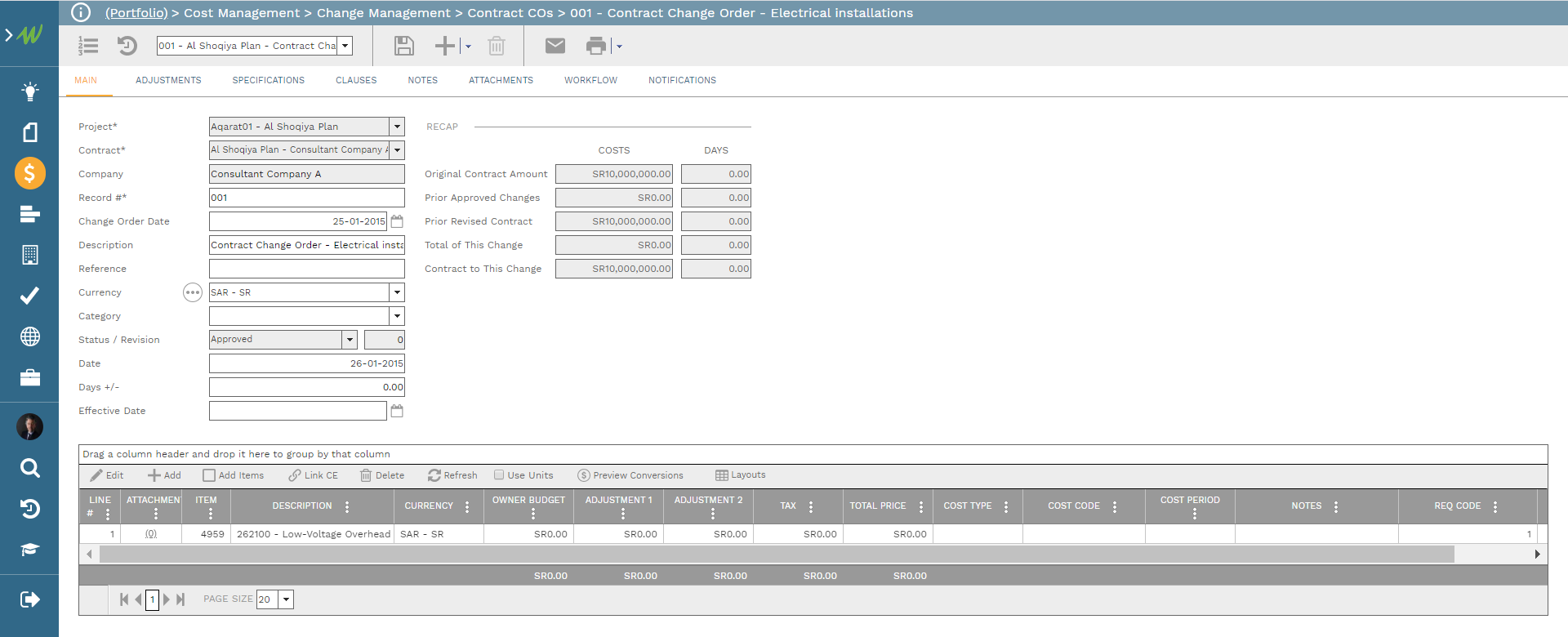
Similarly, all those change orders need to be reflected in the project budget using the budget request module. The budget request module will be used to capture all project changes whether those were “excusable” or “non-excusable”. Excusable changes would result in either increasing or decreasing the project budget whereas for non-excusable changes, those would not change the project budget as the cost associated with those changes will be transferred from the project contingency or any other cost center that will be used to reimburse this encountered additional cost. In other words, the budget request value for non-excusable changes will always have the value of “zero”.
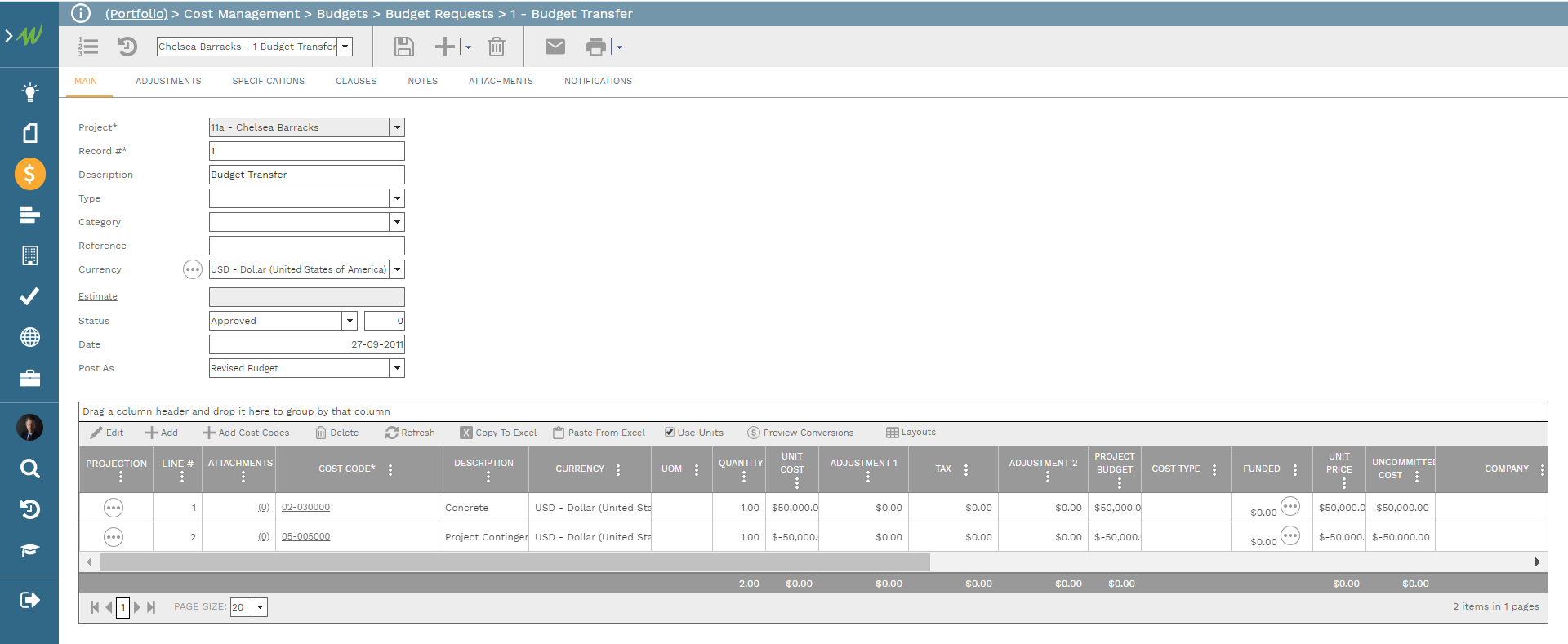
For awarded commitment contracts that will be affected by change orders incurred on the project, whether those changes are approved or pending approval, those changes will be added to PMWeb commitment change order module. Again, each change order for each commitment contract will be associated with the relevant cost account level.
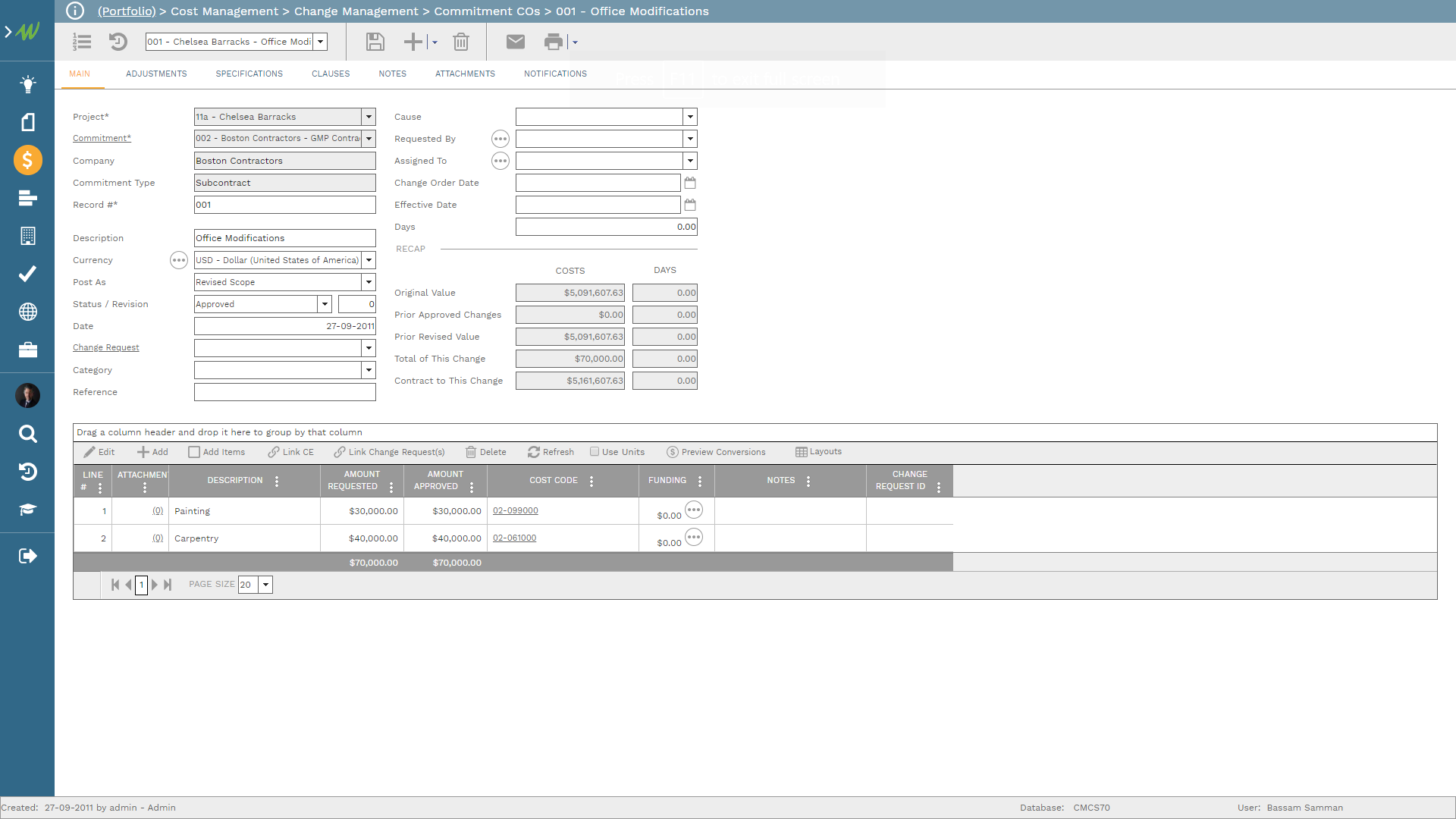
To ensure comprehensive and accurate cost value reconciliation reporting, the PMWeb potential change order module allows the Contractor to capture the details of all events that could have a potential impact on the project’s cost. The Contractor needs to enforce a proactive culture among his project team as well as subcontractors, vendors, and suppliers to report all such events as soon as they become aware of them. If the potential change orders are found to be valid, they will become the basis for raising change order requests on both revenue and commitment contracts.
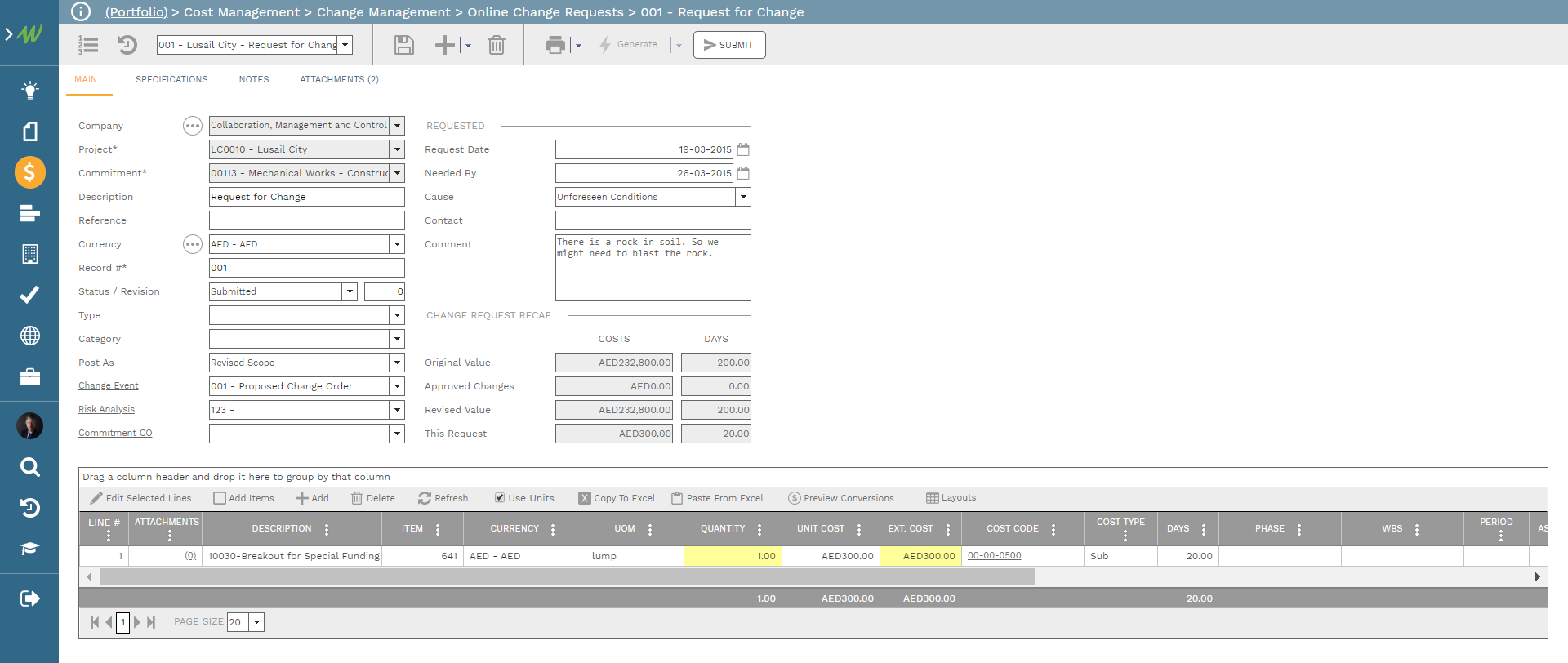
Step 5: Capturing Actual Revenue and Actual Expenditures Incurred on the Project
The details of the actual revenue or income for completed work in place will be submitted in the interim progress invoice that will be captured in the PMWeb Requisition module. It should be noted that in addition to the actual income reported against each bill of quantity line item, revenue should also be recorded for the project’s indirect cost including home office and site office overhead contribution and profit recovery as allocated in the submitted interim progress invoice.

A similar approach will need to be carried for capturing the actual cost or expenditures against the work performed on the project. The actual cost or expenditures will be captured from three different sources. The first is the progress invoices against awarded commitment contracts between the buyer the contractor and the seller the subcontractors, the supplier, and even the contractor’s own business units like plants, and batching plants among others. The second source for expenditures will be non-commitment costs which will be captured using miscellaneous invoices while the third source will be the resource of labor and equipment resources charged to the project and captured using timesheets.
The PMWeb progress invoice module will be used to record actual costs or expenditures against the commitment contracts including subcontracts and purchase orders for each interim period. The line items within the progress invoice can be associated with the relevant project schedule activity to capture the actual percent complete value.

PMWeb miscellaneous invoice module will be used to capture all non-commitment expenditures made against the project. Those could include for example the expenses captured at the head office financial or accounting system for which they can be either added manually into PMWeb or automatically by integrating PMWeb with the financial or accounting using PMWeb Integration Manager or API integration which supports SOAP and REST protocols.
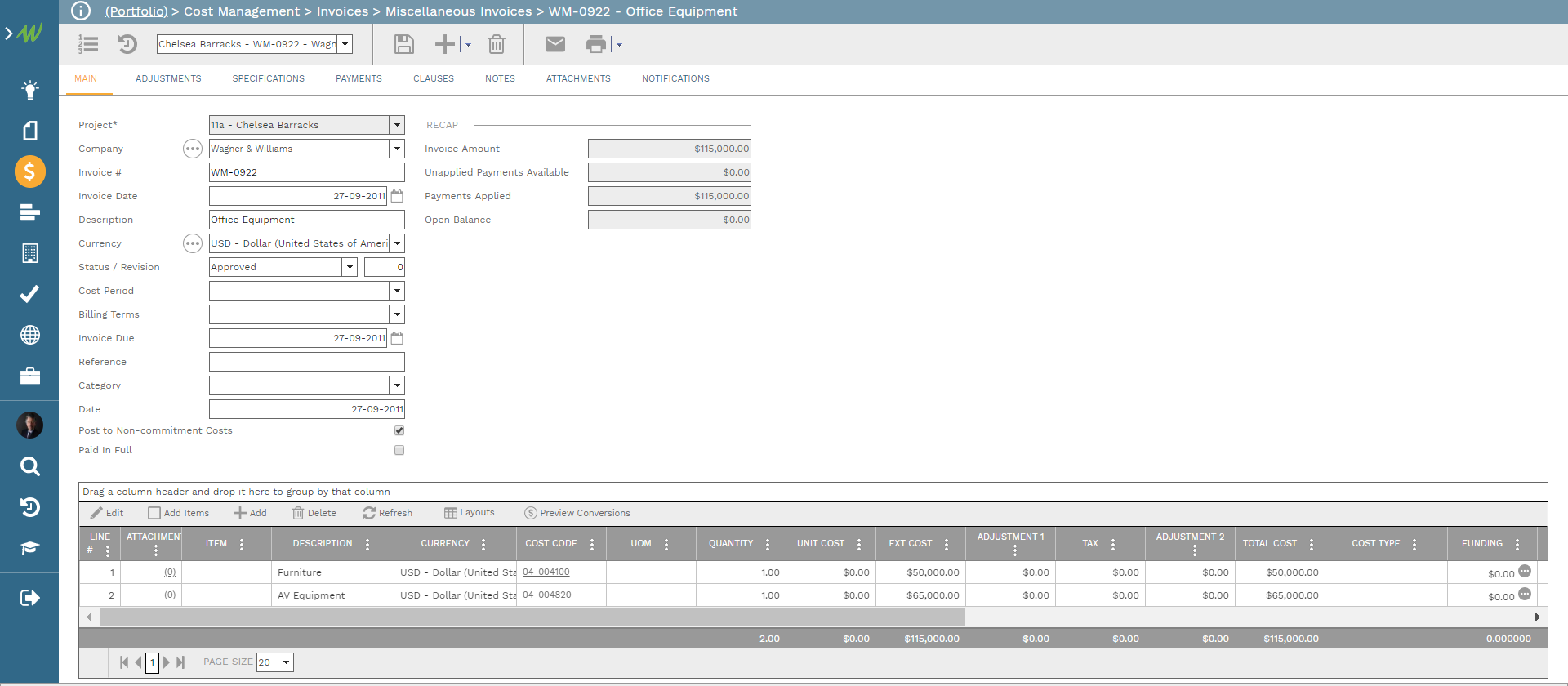
In case there is a need to capture the cost of the project’s site management team and other resources depending on the actual hours spent on the project, then the PMWeb timesheet module will be used. The timesheet allows capturing all types of spent manhours including those for regular, overtime, weekend, and premium pay. Those rates for each resource will be defined in the PMWeb resource module. All charged resources need also to be aligned with the cost account levels that will be used to control, monitor, evaluate, and report the cost-value reconciliations.
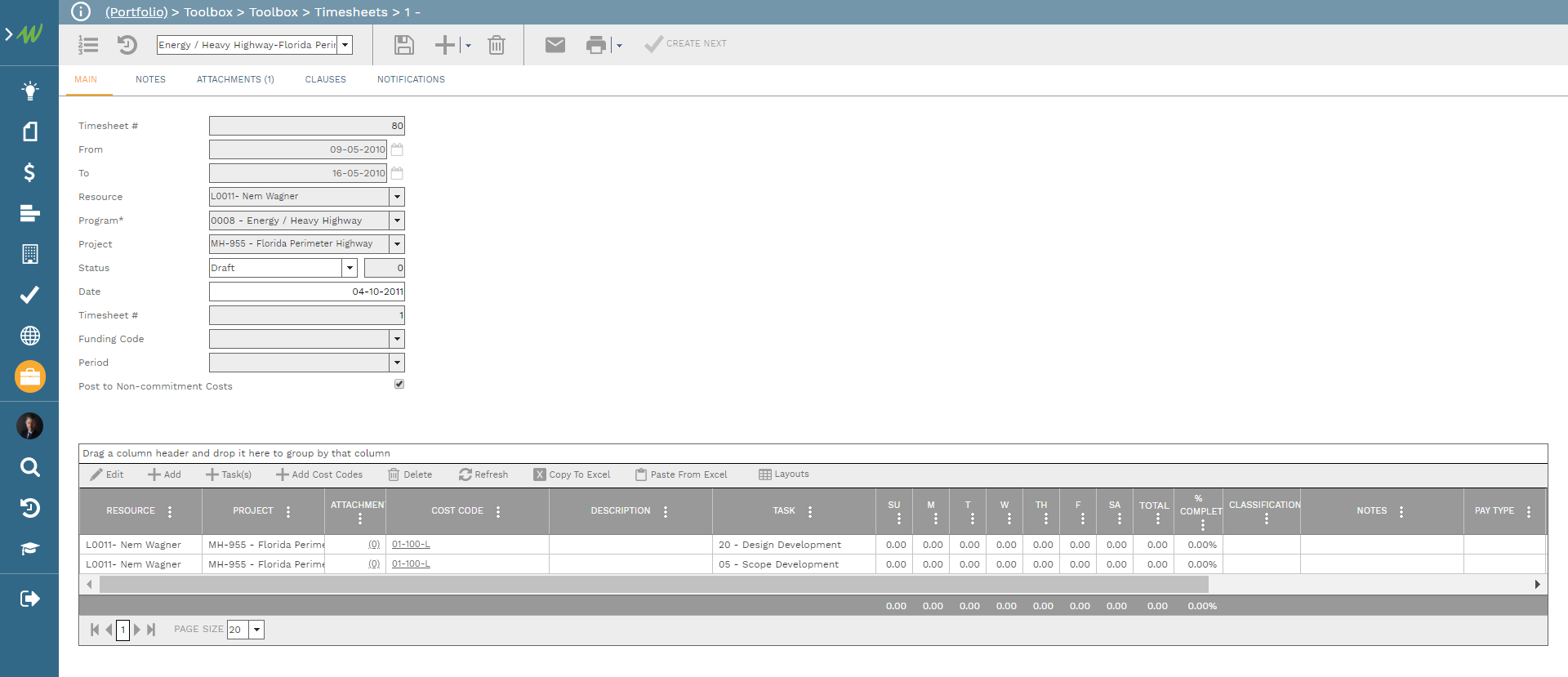
Step 6: Real-Time Single Version of the Truth Cost Value Reconciliation (CVR) Monitoring, Evaluating, and Reporting
Now PMWeb is ready to be used to provide the Contractor with a real-time single version of the truth CVR monitoring evaluation and reporting. The details of all transactions captured in the commitment, contract, and budget modules including the change orders, budget requests, progress invoices, and requisitions as well as miscellaneous invoices and timesheets will be automatically captured in PMWeb general ledger module.
This will enable the creation of a consolidated real-time single version of the truth report summarizing the details of all transactions for all cost management processes in a single spreadsheet known as the cost worksheet. The cost data will be aggregated and consolidated at the established cost account levels. There is no limit to the number of cost worksheet layouts that can be created to fulfill the monitoring, evaluation, and reporting requirements of the organization’s cost value reconciliations including the project’s profitability.
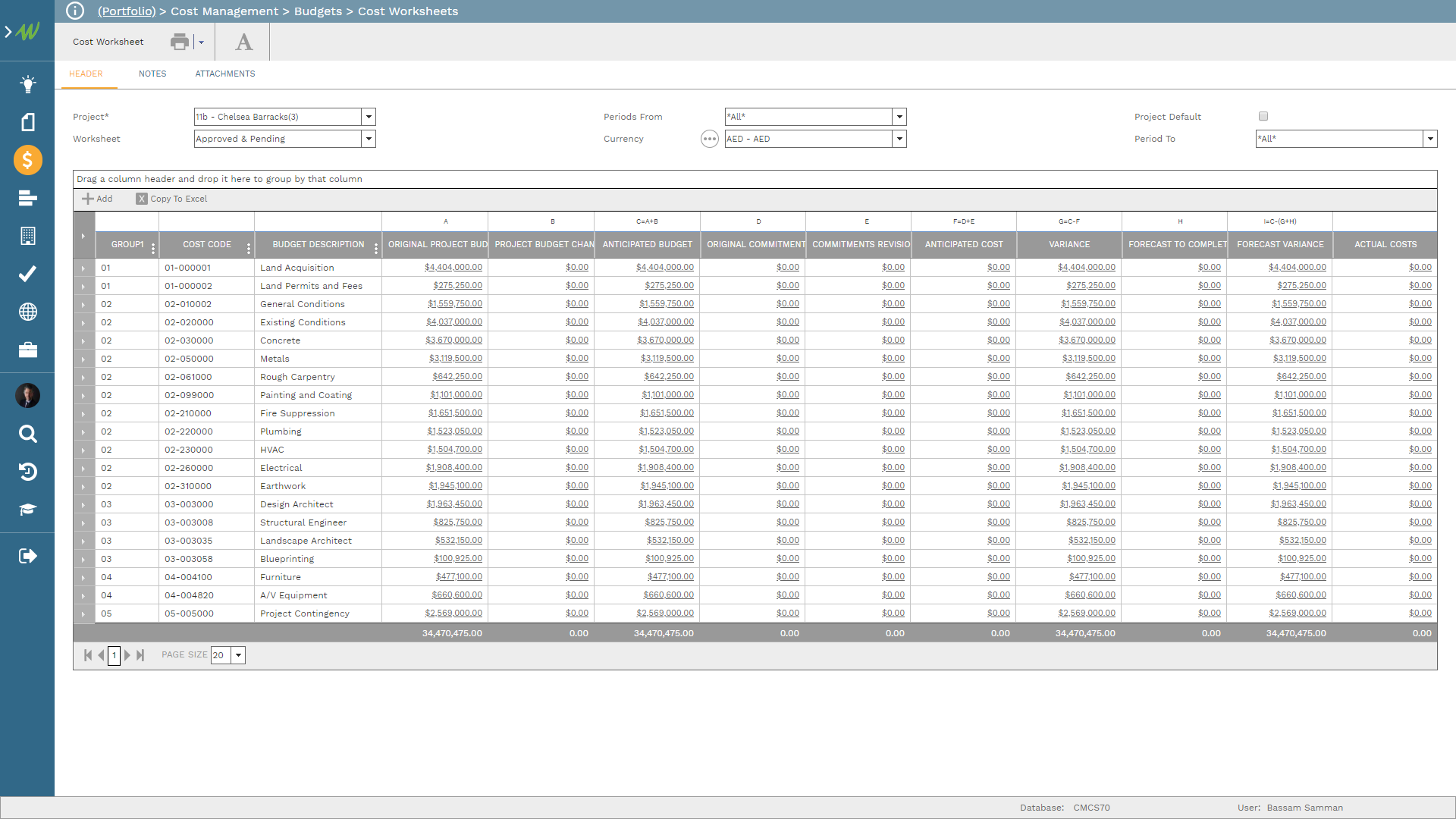
The project’s Cost Value Reconciliation (CVR) report will be used to provide an assessment of the project’s profit using three different metrics. The target profit metric is based on the variance between the original awarded income contract value and the approved budget to deliver the project, the current profit/loss status as of today’s metric is the variance between the income contract amount invoiced to data and the actual cost incurred to date, and the third metric will be the projected profit/loss at project’s completion which is the difference between projected income contract at completion (revised contract plus all pending and disputed change orders) and the forecast cost at completion.
